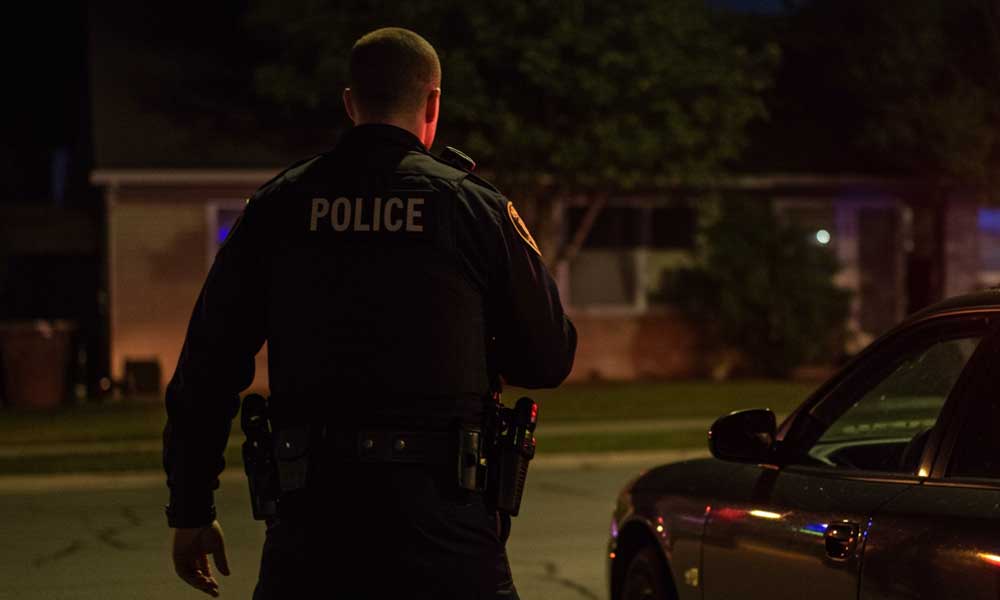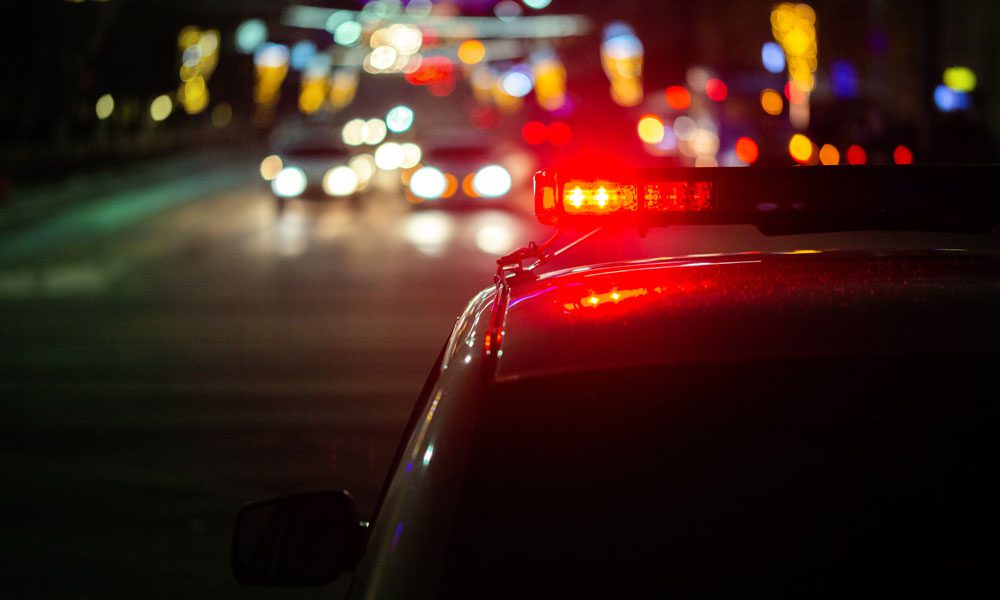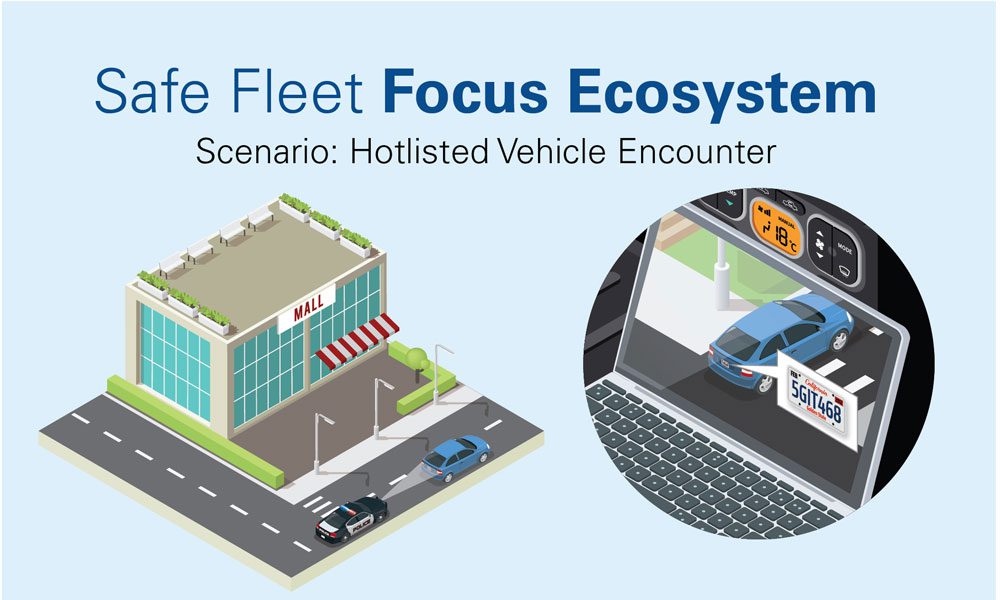Behind the Badge: Chapter 3 – Building the Case
This is the third in a three-part series exploring how law enforcement technology helps protect truth, reinforces trust, and supports those who serve and their communities––from the streets to the courtroom.
—
Previously on Behind the Badge
A quiet patrol turned critical when an ALPR alert flagged a vehicle of interest. What should have been routine escalated fast, testing training, technology, and resolve.
Catch up on the full story here: Chapter 1 | Chapter 2
—
The patrol car pulls back into the station, its headlights cutting through the early morning gloom. The streets have quieted, but for the officer just finishing a tense encounter, the shift is far from over.
The subject is placed securely in a holding cell, but the work doesn’t end there. Now comes the part most people never see: turning moments in the field into evidence that will hold up in court.
A retired officer recalls those shifts vividly:
“It’s not a nine-to-five job. You don’t just clock out. You’d finish the arrest, then you would be in the evidence room burning CDs until 3 a.m. just so the case would be ready for the morning. That’s the part the public never sees.”
For years, managing digital evidence meant juggling DVDs, flash drives, and stacks of paperwork. Mistakes were easy to make, files went missing, and the process consumed time that could have been better spent on the street. Now, Digital Evidence Management Systems (DEMS) are changing the picture.

From Hours to Minutes: Streamlined Evidence Workflow
With the subject secured and the task of reporting still ahead, the officer turns to the next priority: preserving the night's events. In the past, this moment marked the beginning of a long shift—hours spent burning discs, labeling files, and hoping nothing slipped through the cracks.
Now, evidence transfer can begin seamlessly in the field or back at the station. Priority evidence can be flagged for immediate upload over cellular, ensuring the most critical footage reaches investigators without delay. Footage from the Body Camera and In-car video system can upload securely to the cloud––over cellular while the officer is still on the scene, or over Wi-Fi, at the station. Body camera docking stations can also handle both charging and transfer in one effortless step.
Whether flagged or streamed, the evidence is already in motion.
In one scenario, the officer flagged priority footage for upload while still in the field. In another, he was unresponsive—and the agency activated live streaming to monitor the scene. Either way, the evidence is already under review. Footage from every responding officer is also compiled and tagged to the same event, giving teams the clarity to act fast and protect the public.
And it’s not just video from the street. When a suspect interview takes place at the station, the footage from an integrated recording system inside an interview room automatically captures high‑quality video and audio, then uploads it directly into the same case file. That means body cam footage, in‑car video, ALPR hits, and interview recordings all live together in one place—linked, secure, and ready for review.

However the evidence enters the system, everything is secured and organized within the DEMS.
- Centralized storage: All evidence—from body cameras, in-car video, ALPR matches, and even interview rooms—lives in one secure platform.
- Automatic tagging: Integration with CAD means files are labeled by incident number, officer ID, and location without requiring manual entry.
- Remote access: Supervisors and investigators can review footage without waiting for physical copies.
- Built-in safeguards: Audit trails track every action, AES-256 encryption and Microsoft Azure Government hosting protect sensitive data, and geo-redundant backups ensure evidence is never lost.
A former officer highlights why this level of organization matters:
“I could send a disk to somebody, and they’d say, ‘Yeah, I watched it’—but I’d have no way to prove it. Now, I can see the exact time, date, and how many times they opened that file. That level of accountability changes everything in court.”
He continues, reflecting on the old workflow:
“It used to be a nightmare. You’d have footage in one system, documents in another, and half the time things didn’t match up. Now, it’s one place, and you know the chain of custody is airtight.”
For officers, the shift means fewer late nights and less stress. For agencies, it means cases that are organized, secure, and ready to withstand the toughest scrutiny.
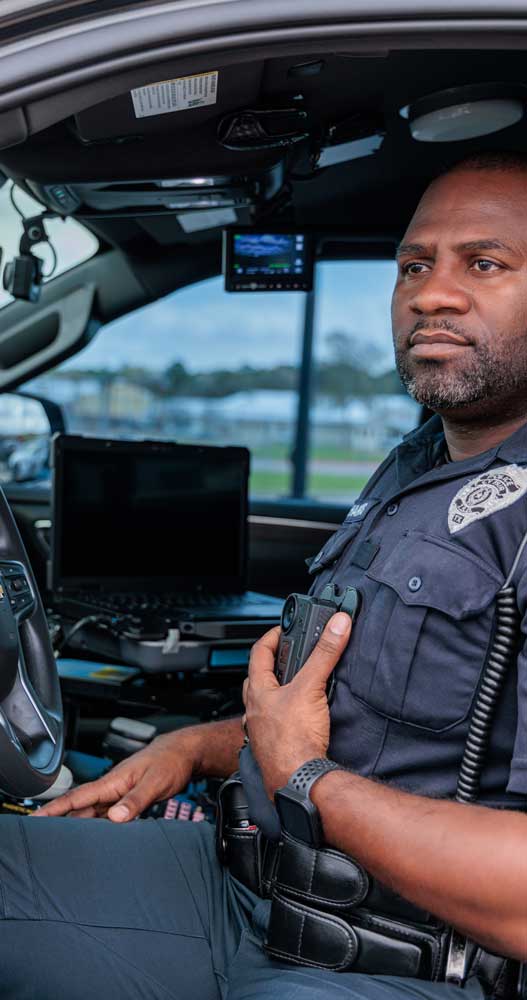
Protecting Privacy with Evidence Redaction
Every frame of video tells a story, but not every face or detail belongs in the public record. Innocent bystanders, victims, and even license plates may need to be shielded before footage is shared publicly or in court.
With evidence redaction, that process becomes manageable instead of overwhelming. Faces, vehicles, and plates can be blurred automatically. Sensitive personal information can be protected. And when a case demands precision, investigators have manual tools to fine‑tune what stays visible and what doesn’t.
A former investigator explains why this matters:
“Before, redaction could take days. Now it’s built in. You protect privacy, you protect the case, and you don’t bury officers under hours of editing.”
For agencies, this means evidence that is both usable and defensible. For officers and families, it means less weight to carry—proof that accountability and privacy can stand side by side.
The Human Impact
The job doesn’t end when the sirens fade. For officers, the weight of each encounter lingers. That’s why these tools matter. Not just for efficiency, but for clarity, transparency, and peace of mind.
- Knowing evidence won’t go missing eases the mental load.
- Having a transparent record protects against false accusations.
- Communities can trust that critical moments are documented accurately.
A retired officer admits that even after leaving the job, the habits remain—like always choosing the seat that faces the door. Now, in his work supporting agencies that rely on this technology he finds a different kind of assurance:
“I need to make sure my agencies are taken care of. The thought of an officer getting hurt because equipment failed—that’s the nightmare. These tools are making sure that doesn’t happen.”
From the family side, the perspective is just as clear. As the husband of a still-serving officer puts it:
“At the end of the day, officers are people. They’re moms, dads, sons, and daughters. These systems give them a chance to do the job safely and make it home without the added fear of being second-guessed for something they didn’t do.”
The impact lifts weight from shoulders that already carry too much, protecting the truth when it matters most, and giving families the reassurance that the badge doesn’t erase the person behind it.
It also extends outward, strengthening the bond between officers and the communities they serve. When the record is clear and complete, trust has room to grow—residents see accountability in action, and agencies can stand behind their people with confidence.
Closing the Loop: From Patrol to Prosecution
The case that began with a single plate read on a quiet street has come full circle. What started as routine, escalated into confrontation, and ended in arrest is no longer just a memory carried by one officer. Every detail is preserved, organized, and ready to stand in court.

Technology now serves as a shield of truth protecting officers, protecting families, and protecting the communities they serve. It lightens the burden of the job, safeguards the people behind the badge, and ensures when questions arise, the full story is there to be seen.
In the end, this is a story about clarity, accountability, and trust—about how the truth endures when every moment is captured, and every voice is heard.
Epilogue: Looking Ahead
The challenges facing law enforcement aren’t going away. Officers will continue to face public scrutiny, shrinking ranks, and the emotional toll of carrying the badge. But the future doesn’t have to mean carrying that weight alone. A comprehensive evidence capture and management ecosystem is designed to stand beside them—supporting where it matters most.
- In the field: automatic activation and layered video ensure no moment is missed.
- During encounters: ALPR, body cameras, and integrated tools reduce mental load and provide clarity when seconds count.
- At the station: DEMs, redaction tools, and interview rooms simplify the evidence process, protecting both privacy and accountability.
A retired officer put it simply:
“Video doesn’t lie. When the truth is there for everyone to see, that’s when officers, communities, and the justice system all win.”
Behind every clip of video is a person—an officer balancing duty and safety, and a family waiting for them to come home. Technology can’t erase the risks of the job, but it can ensure the story told is the real one, and that those who serve are never left to carry the burden alone.
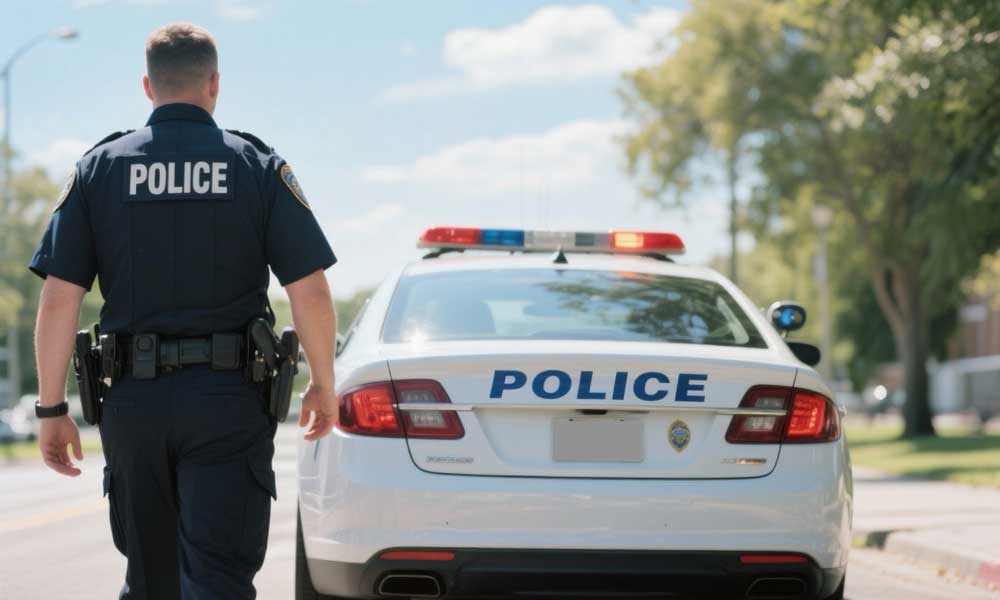
To the law enforcement professionals who put on the badge each day—and to the families who stand behind them—thank you.
—
Technology featured in this chapter:
Learn all about the FOCUS® In‑Car Video System with ALPR
Some of its new functionality highlighted in this article includes:
- Multi‑device case grouping that cuts review time and reduces evidence gaps
Learn all about the FOCUS® Body Camera
Some of its new functionality highlighted in this article includes:
- Real‑time device health monitoring that keeps gear reliable when it matters most
- Live streaming tied to critical incident alerts for faster, safer response
- Priority evidence upload that gets urgent footage into investigators’ hands immediately, preserving chain of custody and speeding case response
Learn all about the FOCUS® Interview Room
Learn all about the NEXUS™ Digital Evidence Management System (DEMS)
Learn all about the Safe Fleet® Redact
Explore the next evolution in law enforcement technology and more stories Behind the Badge.
—
To learn how the FOCUS® Ecosystem is helping agencies protect officers, strengthen families, and build safer communities, explore more here.




